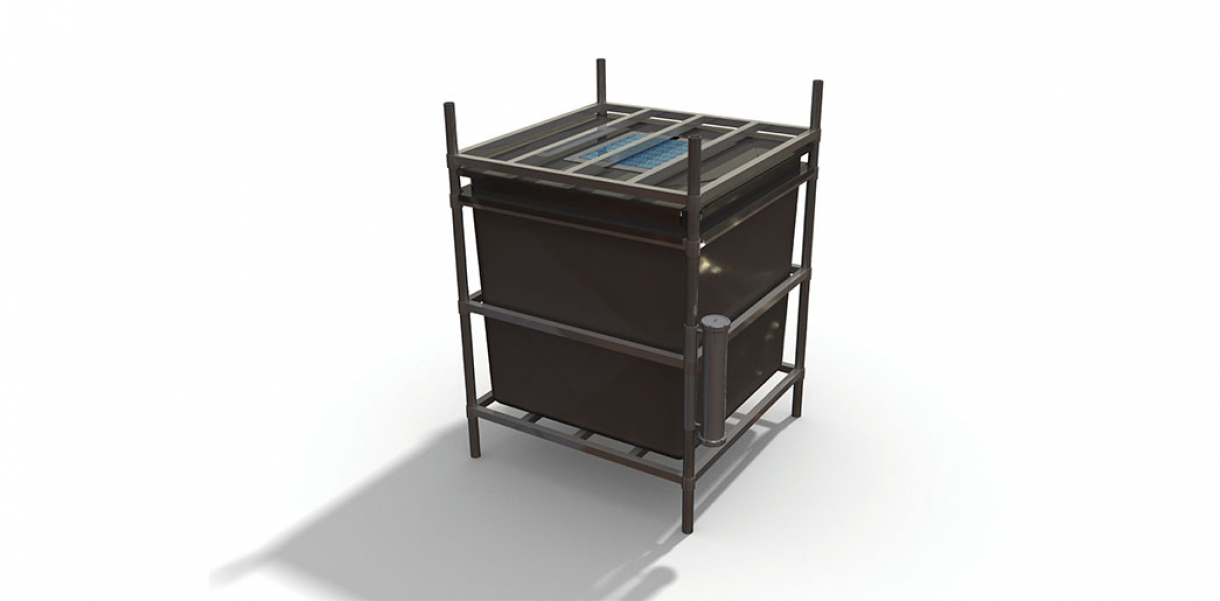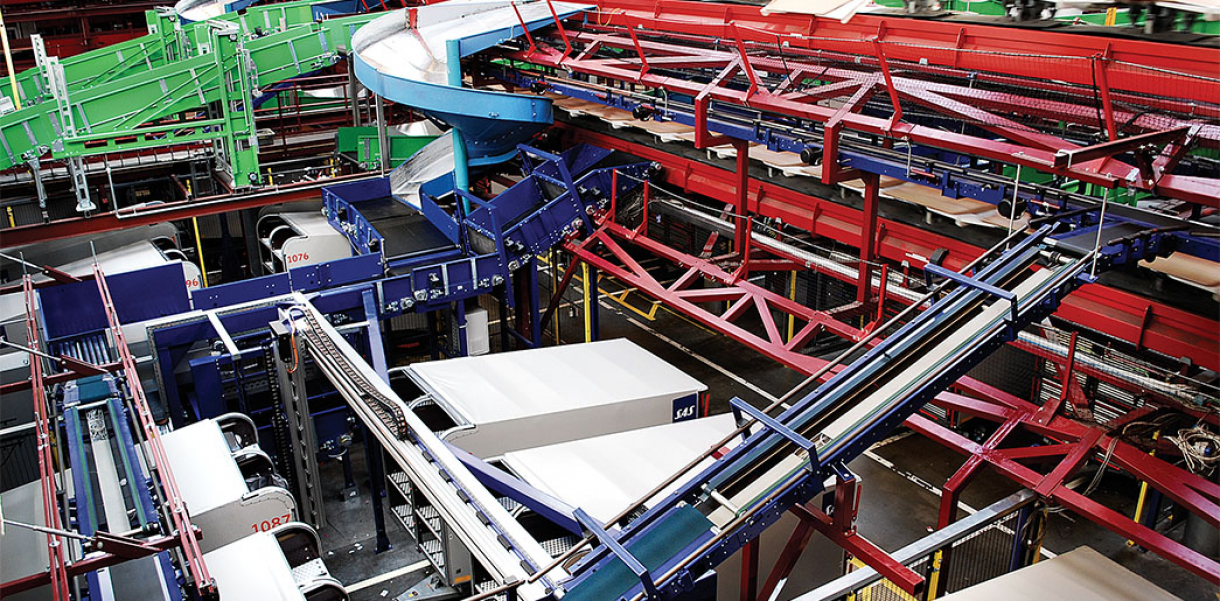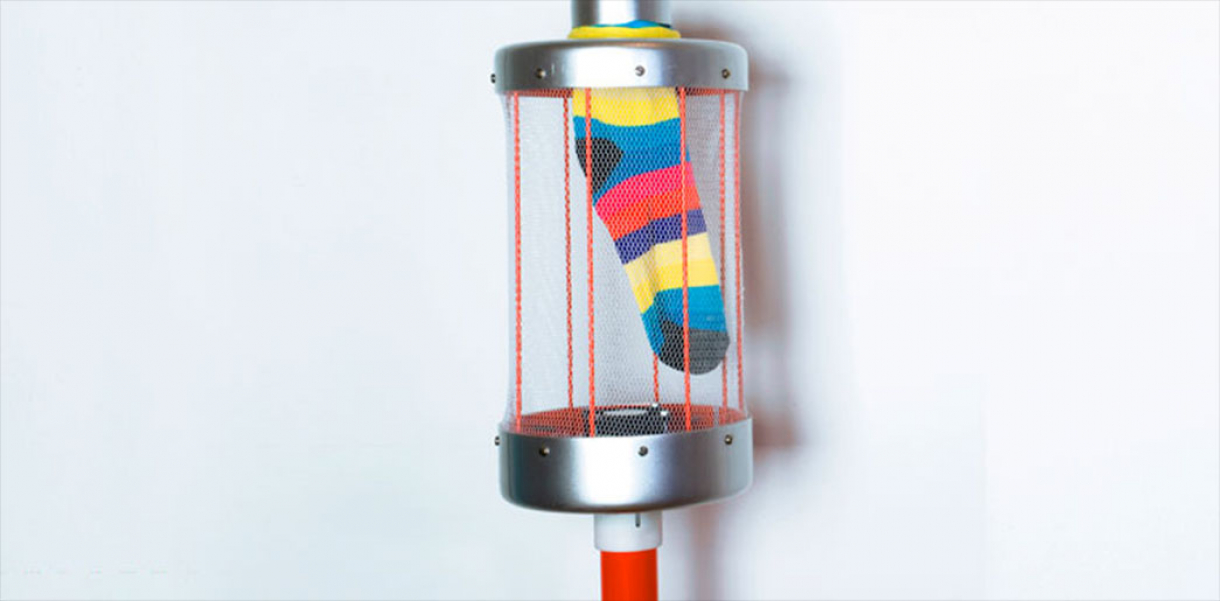Surprisingly, the use of solar water heaters has received little attention. In 1984, the duo of Ciochetti and Metcalf used solar energy to heat and disinfect water in Kenya, but their construction was suitable only for relatively small amounts of water and had to be improved in terms of user friendliness and independence of electricity and piped water.
Solar Water Plant is a redesign of this existing water cleaning system. It consists of two water tanks and solar module that heats, pasteurizes, and decontaminates large amounts of water while a thermostat prevents water below a certain temperature from being withdrawn
“It is estimated that each year, waterborne diseases are responsible for 3-5 billion infections and 10-25 million deaths, of which 60% are children. Waterborne diseases are a serious problem in the developing world—specifically in rural communities and villages,” said the team behind the design.
The use of chemicals such as chlorine is common practice for disinfecting water supplies in rural communities, which creates adverse environmental issues. Another way of pasteurizing water is heating it, but kerosene is expensive, and in some parts of the world, firewood is becoming scarce, which means that women often have to walk several miles to collect wood.
“We have redesigned their system and developed a method in which solar radiation in a flow-through system of copper pipes heat and clean water effectively and in large amounts without the use of chemicals, firewood, or expensive kerosene. Furthermore, this redesigned unit is cost-effective, optimized for transportation, and easier to set up, use, and maintain.”
After successful tests, the system was set up at Lake Tanganyika in Tanzania in villages that had all had cholera outbreaks within the past 5 years. The production also took place in Tanzania by local workers, creating new work opportunities.
“Our design prevents waterborne diseases and improves lives by providing clean drinking water for people in underserved communities.”
Designed by
Kent Laursen (industrial designer), Anders Fjendbo Jørgensen (Doctor of tropical diseases and hygiene) - Denmark
Website
www.kentlaursen.dk




